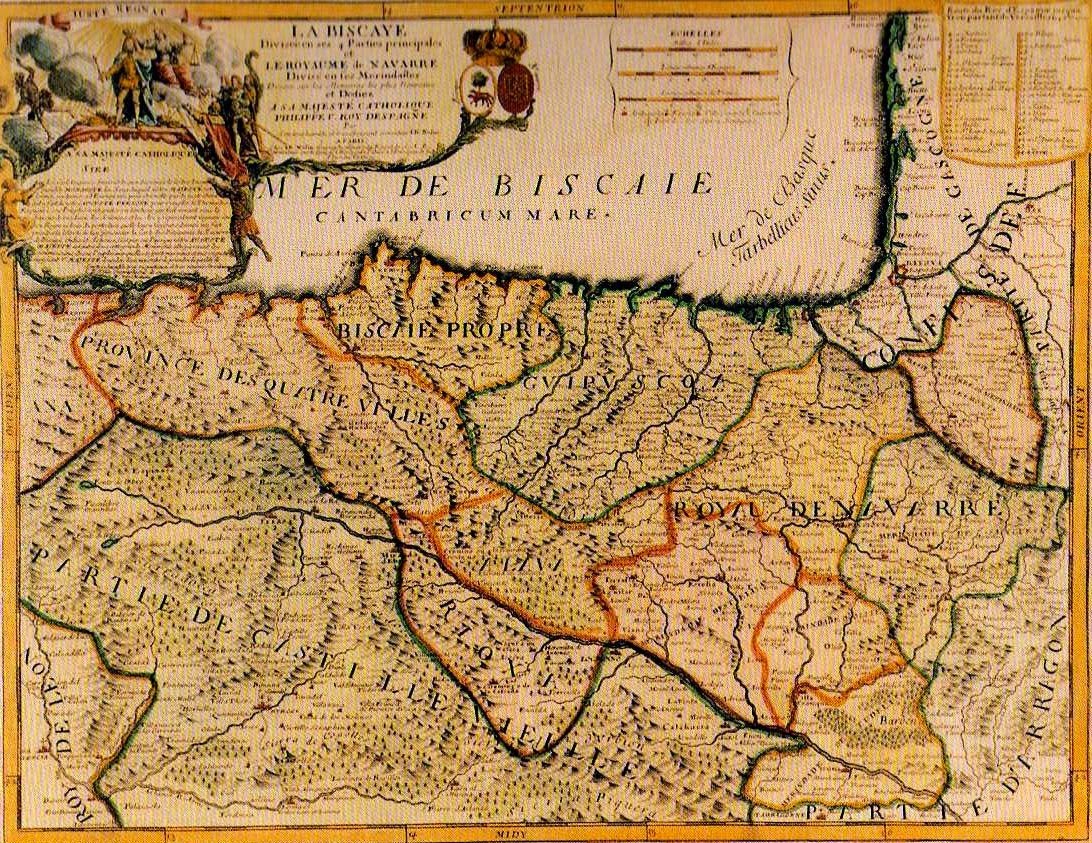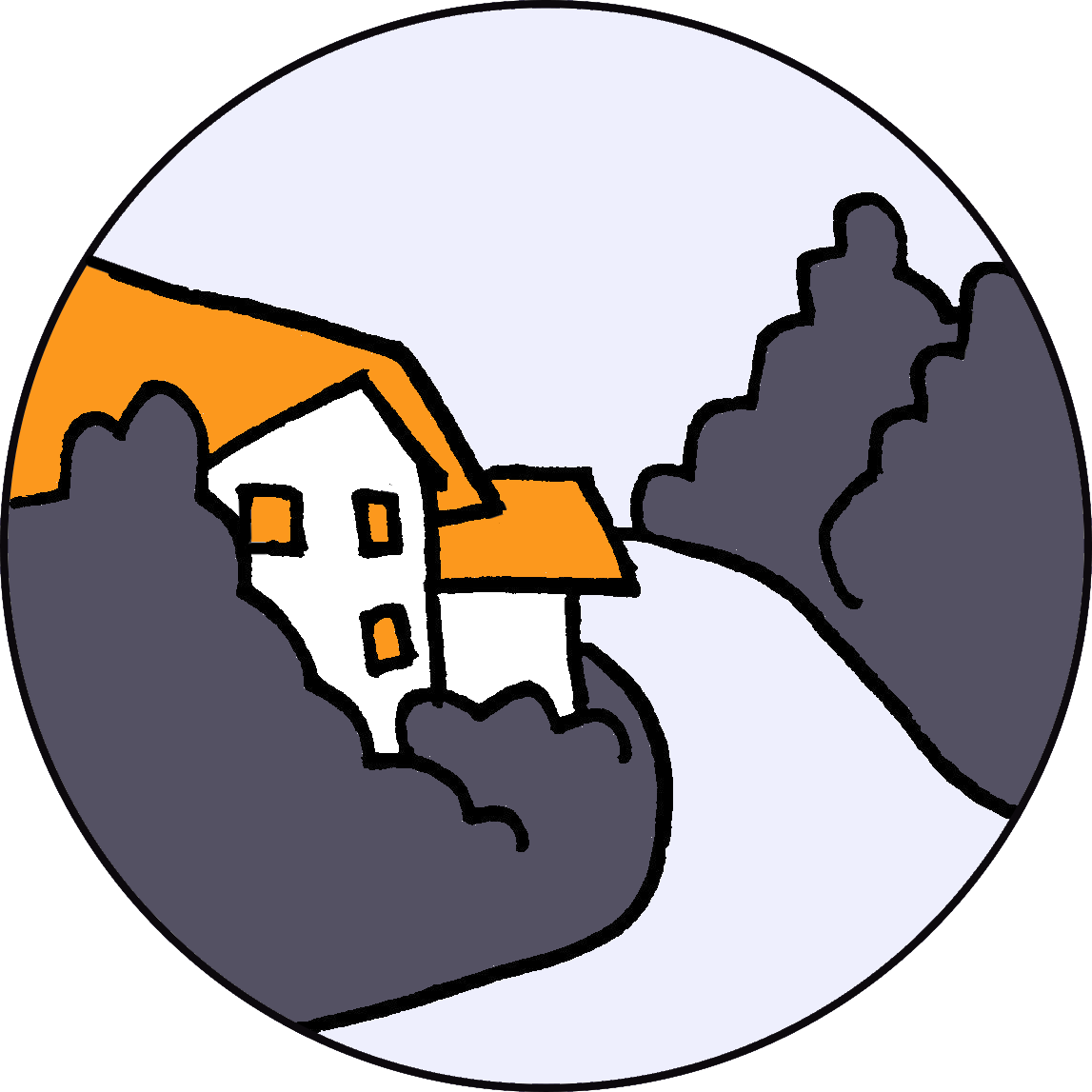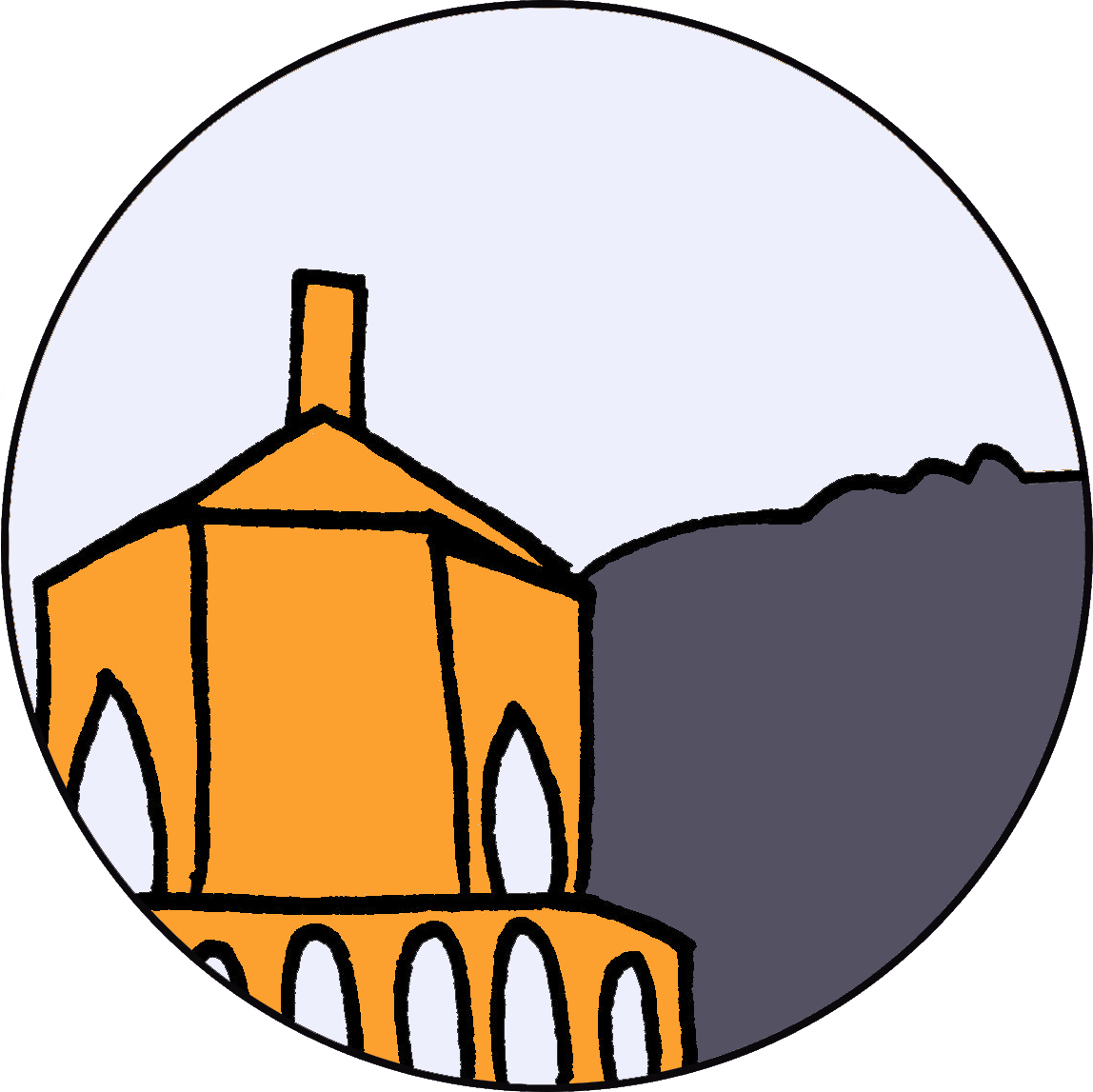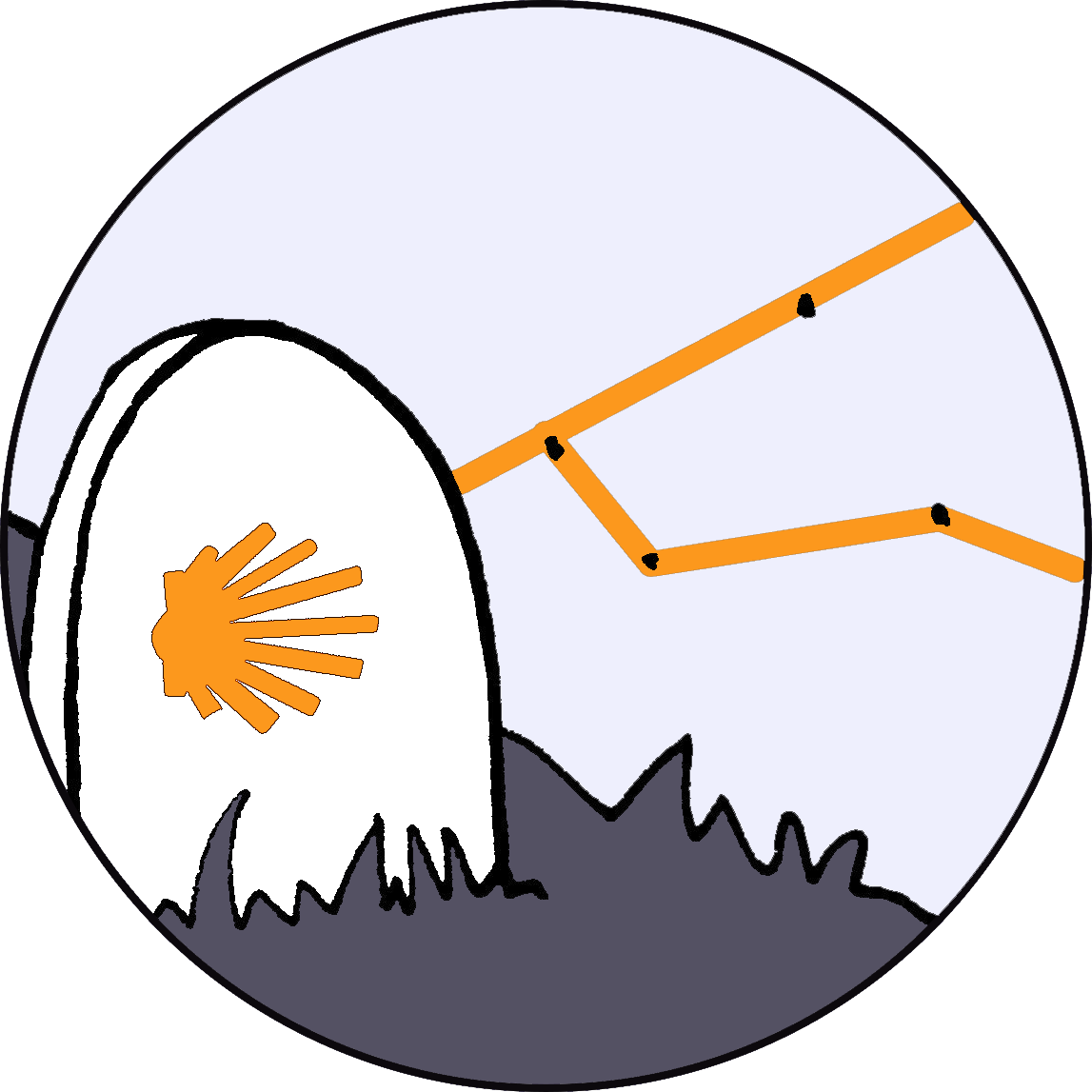Locate the testimonies and manifestations
You can use the general index of the location of cultural testimonies and manifestations of the Cultural Immaterial Heritage in Navarre and Lower Navarre. (Look below)
Locations
The index of the locations can also be used
We have prepared a page for each locality of Navarre and Lower Navarre, alphabetically indexed. Each town, council or inhabited place is representated in our documentation centre. In those pages, next to the information of the town, there are some references to its heritage (natural, cultural, industrial …). There are also posted there the cultural manifestations of the Cultural Immaterial Heritage gathered in the documentation centre, as well as the informants and their testimonies. The seniority of some manifestations has suggested to think about the longest politic borders of Navarre’s kingdom and include Lower Navarre.
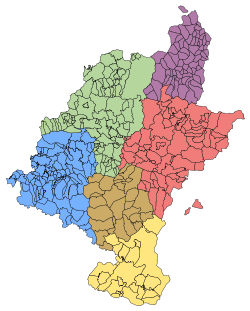
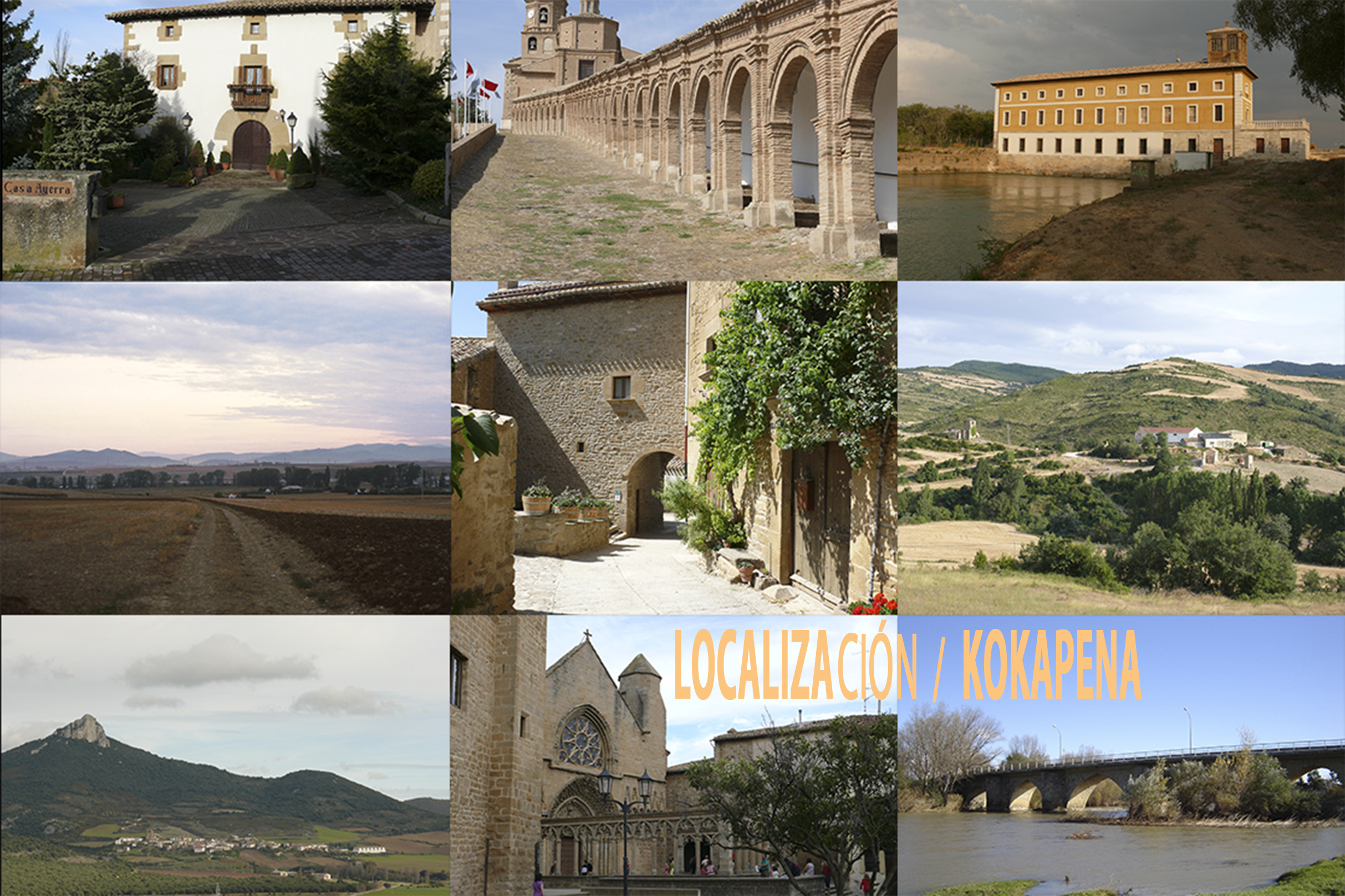
Cultural landscape
Conoce los paisajes culturales más destacados
The cultural landscapesare “the result of the action of the development of human activities in a concrete territory”. They take in every heritage ( natural, cultural, industrial..) and they allow to get the natural biodiversity as well as the cultural etnodiversity. Some of them are alive (continuously in time), but others are traces of our past (fossils or deceases). In general, we distinguish rural, urban, archeologic and industrial landscapes. Generally they are linked to an only locality, they can be searched in the previous index of localities. However, we wanted to present them in anantonomous way so that the user can compare and enjoy them.
Spaces, valleys or routes
Group together the localities and the landscapes
This last index allows us to group the localities and the cultural landscapes in two ways. The first group, in stable way by zones (valleys, region, merindades, cendeas...) or by routes (ravines, St. James’s Way…). In these groups they appear all the localities and the manifestations and the testimonies related to them. The second group instead is free and anwersthe interests of the researchers (zone comparation, study of the cultural landscapes…), teachers (design of cultural outings or the virtual itineraries), tourists ( touristic routes) and general users. It will be specially interesant to be able to group (and, then, compare) the similar cultural landscapes as, for example, the Navarre’s mine salt.
